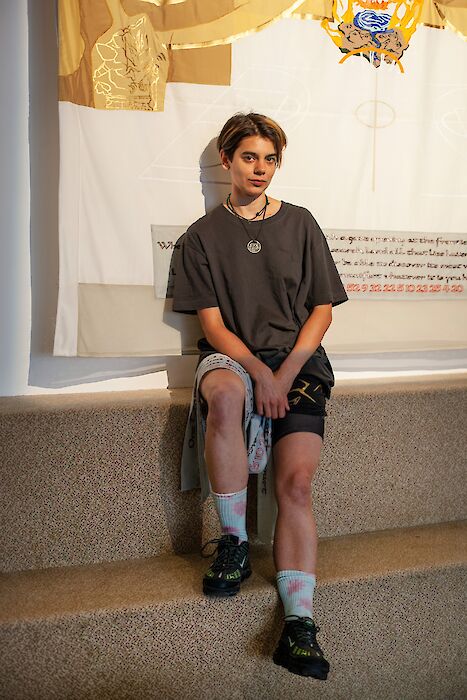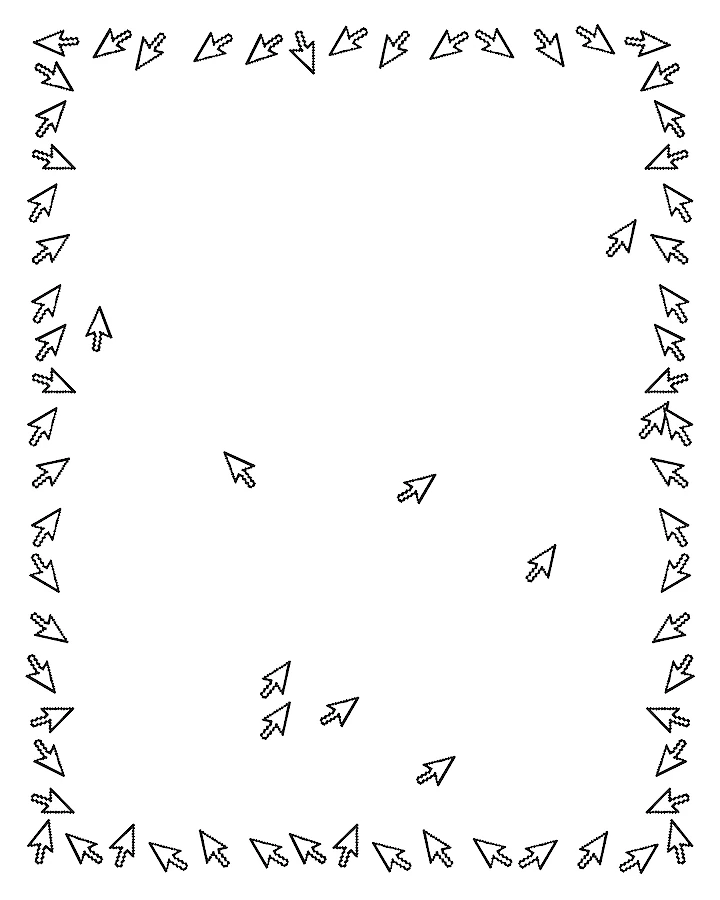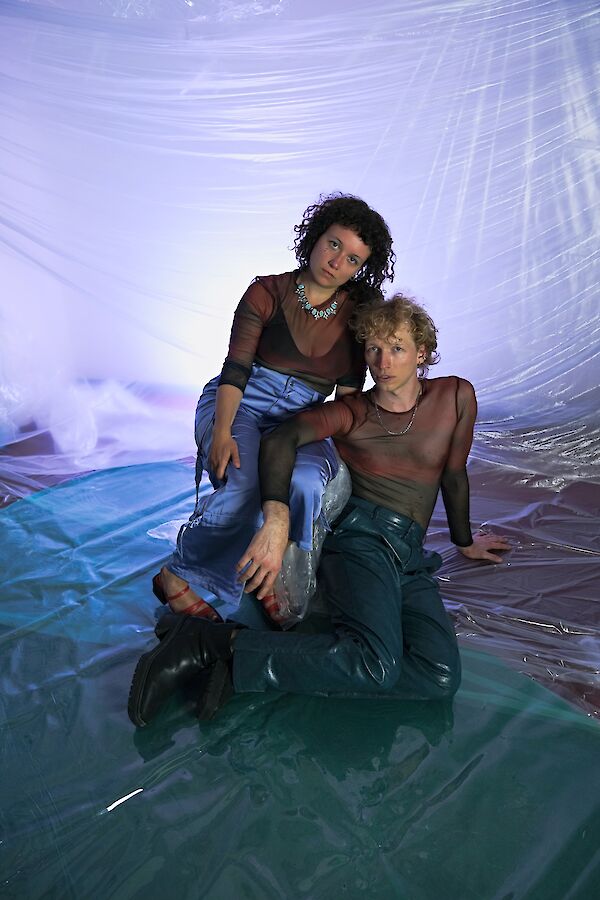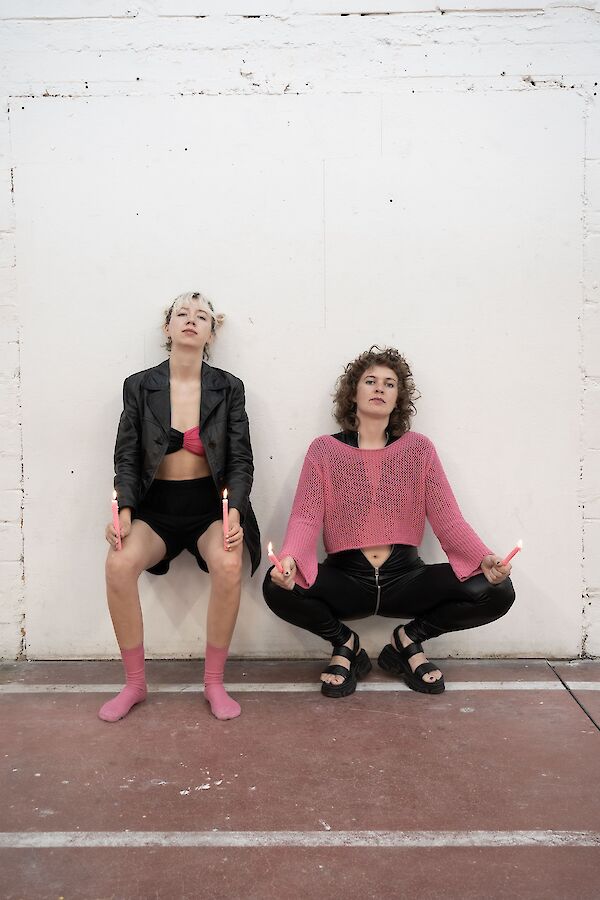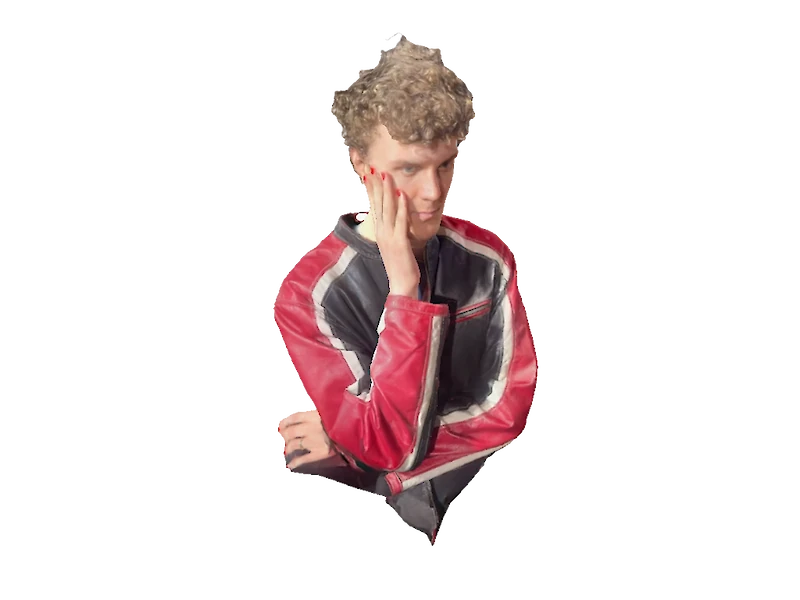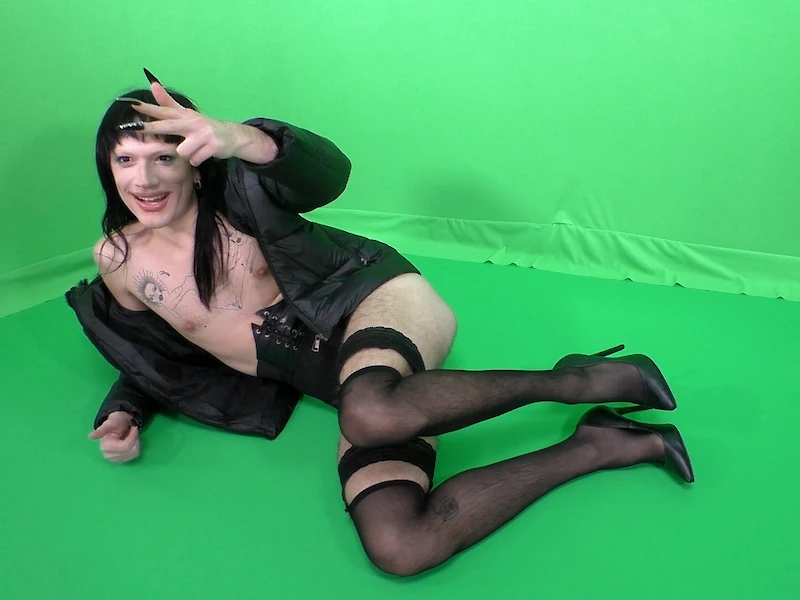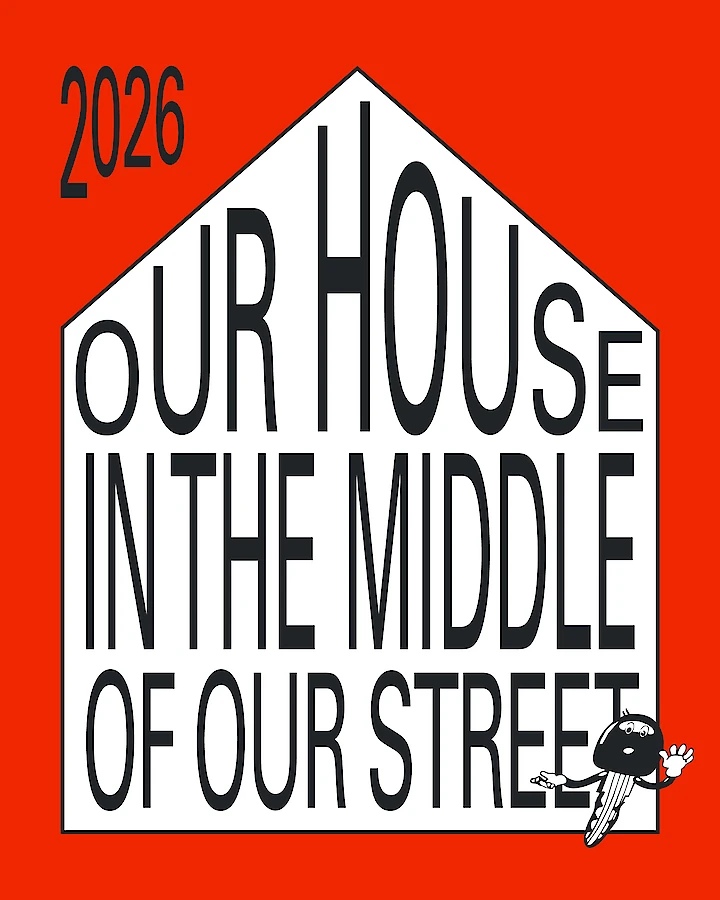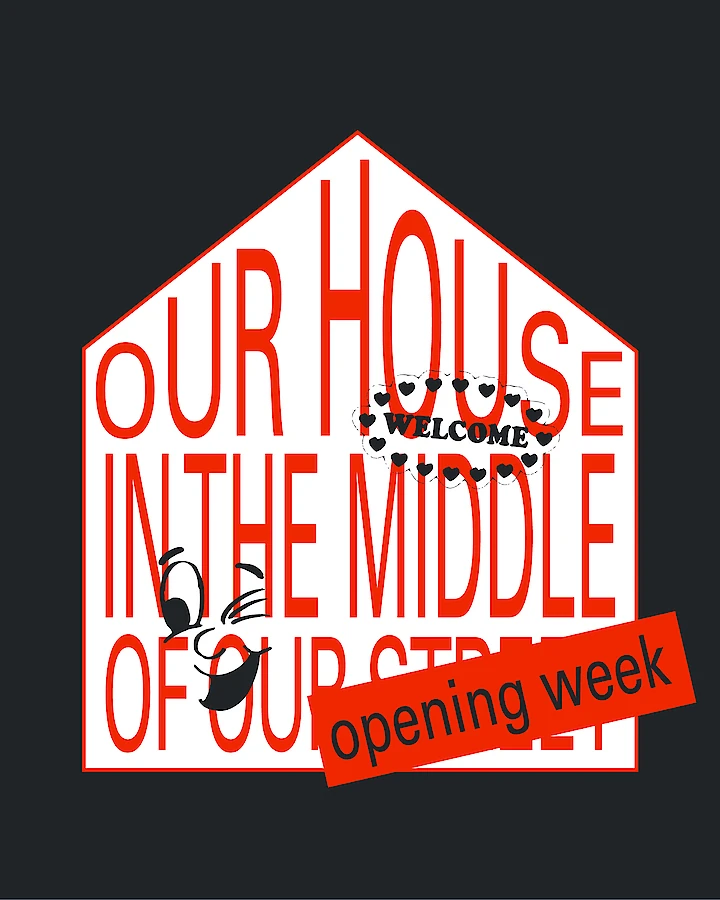"I wanted to somehow add something mystical to the very ‘concrete’ context of professional basketball."
Brussels-based artist Amber Vanluffelen presents a new work in the Witte Foyer. Lucky Charms explores the intersections of sports culture, support structures and magic. Amber shares with us the process, motivations and imaginaries that underlie her project.
For Lucky Charms, you interviewed the players of the Belgian Cats — the national female basketball team, and translated their words into totem-like images. The work that resulted from these conversations delves into the dynamics of collaboration and mutuality that constitute the core of a team, a group, a collective. Can you tell us about this exchange and the questionnaires that you composed?
I created three questionnaires: one for the players, one for the people close to them (friends & family) and one for other fans and people connected to the team. Through these questionnaires I wanted to get to know the motivation of the players, what their teammates, fans and close ones wish for them (and for each other), what they love and cherish about the team. I then used all this information to generate a language of image and drawing.
It is not the first time that you make sculptural work that is functional outside of the art world context. This time, the lucky charm will be gifted to the team before they embark on the Olympics and the presentation of the work here in Beursschouwburg is parallel to the tournament for the European cup (FIBA Women’s EuroBasket 2021). How does this link between an arts space and the sports world relate to your wider practice of unbounding spaces, practices and stories?
I love to create things that become part of other realities —that come to life— and vice versa, to bring this life into an art space, to have a work which lives beyond the walls of an exhibition. Also, to create a parallel reality of symbols and languages within an existing reality, is something I pursue. I wanted to somehow add something mystical to the very ‘concrete’ context of professional basketball.
“I wanted to somehow add something mystical to the very ‘concrete’ context of professional basketball.”
There is a ceremonial aspect running through the work. What is the role of magic and ritual?
I love to look at this work as a portable shrine for the team… It’s a flat 2D surface, yet it can generate a whole mind space. It can function as a channel connecting to all the positivity of the people who support them. But above all, it generates a connection with the players themselves. This is all rather symbolic of course, but I would love to imagine it as an object in use. The most important thing to me is how the actual conversation happens, how the work speaks to (and with) the players. Something that I find truly magical is that I will present this creation to the players. I will explain the meaning of their own symbolic drawing, which is a modest gift from everyone who put an intention towards them. Hopefully, this can accentuate new and different ways of expressing support within the community. The ‘shrine’ will also be unrolled before some games, so the players can touch it before entering the court. I believe every shape, thought and movement has a vibration that produces effects.
Another source in your research for this project was fan culture. How does that relation (or type of affect) feed into the work?
I have an ambivalent relation to the concept of being ‘fan’. To me, it comes with a connotation of passiveness. While a sports person does the performance, the fan passively takes part in the action. Yet, as I said before, I believe that every thought, action, etc. has power and no one acts alone, so the intentions of the people that surround the athletes (near and far) do matter. I often find myself creating (relatively) small objects with great powers. These ‘powers’ are often exchanges, actions, beliefs and desires I attribute to those objects. For me it’s perhaps more an exercise of balance between being together with others and being connected to a team, not losing yourself in this but creating your own story. This work is a way to regenerate or transform this exchange between a team and the force field that surrounds it.
“This work is a way to regenerate or transform this exchange between a team and the force field that surrounds it.”
The sound piece composed by Mathias MU retraces some fragments of this presentation you gave to the players. What part does it play in the installation?
It’s another way to create the space of the shrine: it’s rather atmospheric. With a touch of adventure and game.
You describe your way of working as a ‘nomadic practice’ that feeds on and inhabits the different contexts in which you navigate. In this case, the work is dedicated to basketball culture, the forms and figures of the piece are drawn from Japanese anime styles, the scenography recalls a shrine… Can you tell us about these intertwining narratives and references that meet each other in your work?
Honestly, I absorb things that I love and merge them. Above all, I love to play, and I think there is always a high level of playfulness in the matters that I am interested in. Literally, I love to play basketball! In my artistic practice, I can play with all the ingredients of my life, abstract them, extend them with my fantasy, make them all come together, and regenerate them into new shapes. I am very attracted to narratives of adventure and battling/ courts/ challenges. I take inspiration from cards, (video)games, etc., which are often already strongly appropriated from many cultures, theories, philosophies… I am interested in this constant regenerating. To give a very concrete example: the perspective of the golden structure you can see on the fabric comes from the perspective you can find in RPG video games. Cardgames and handheld games have this nomadic characteristic that I also see in portable Icon painting. Personally I find it exciting to overlap these elements in my own way of giving meaning to the world. I am always looking for the portable aspect of objects, as if I needed to be able to move with them at any given time. In this case, it is a portable shrine, a fabric piece that is easy to fold and pack. This nomadic approach is also present in how I create site specific work and how I use my own body as part of my work. For example, I used to practice my dancing in entrance halls of apartment buildings, or in front of offices at night to feel free and follow my own intuitive rhythm. In another work I filmed the facade of my fictional dance studio ‘serious joint’ in the center of Antwerp, as a way to make a ‘fake’ shelter for my nomadic rehearsing practice. Most of my work eventually evolves around the desire to go beyond limits and connect different spheres of life.
“Most of my work eventually evolves around the desire to go beyond limits and connect different spheres of life.”
EXPO LUCKY CHARMS
OPENING HOURS June 16 - July 3
Wednesday - Saturday, 15:00 - 17:00
FREE GUIDED TOURS with Amber Vanluffelen — reserve your spot
In English: Wednesday June 16, 16:00 - 17:00
In Dutch: Saturday June 26, 16:00 - 17:00
